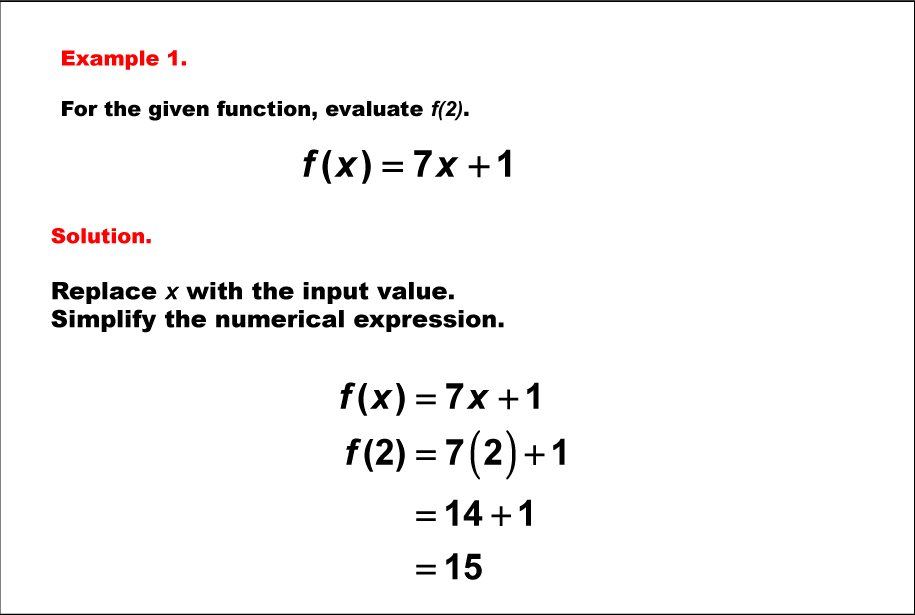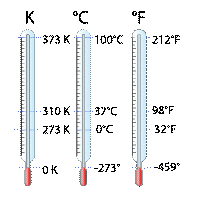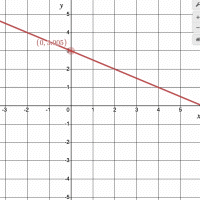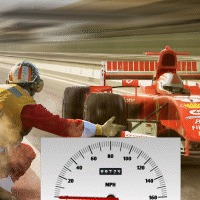Math Examples Collection: Linear Intercepts
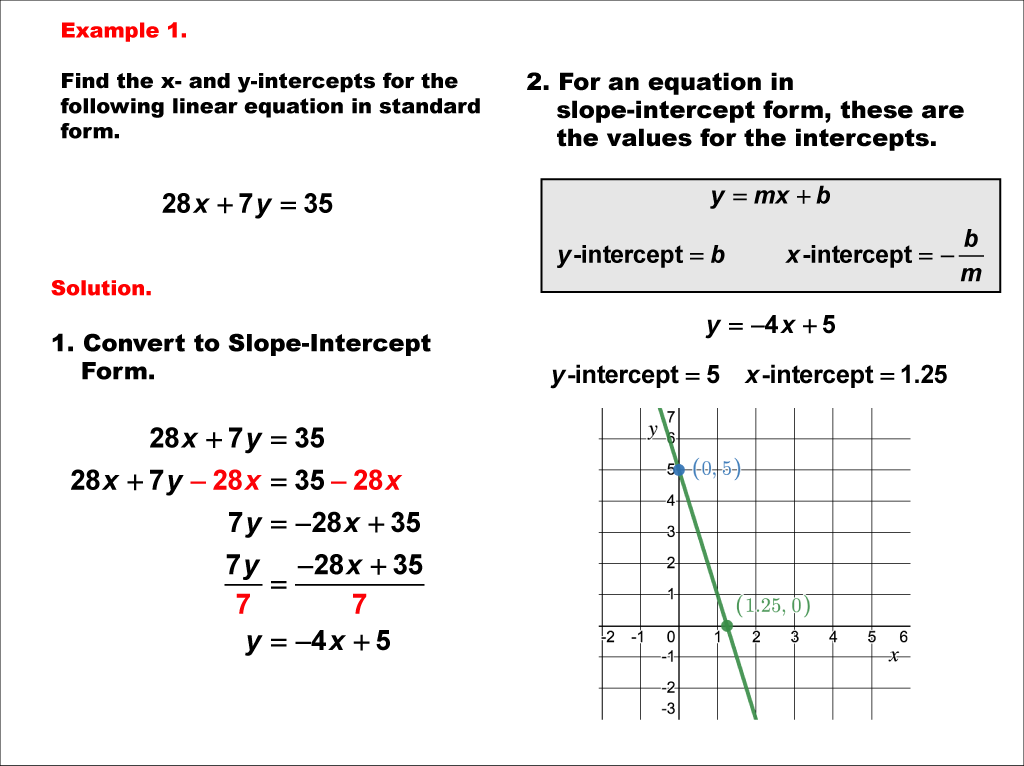 | OverviewThis collection of math examples focuses on the topic of Linear Intercepts, offering a wide range of examples that increase in complexity and engage students in key algebraic skills. This collection is ideal for building proficiency in understanding and analyzing linear functions. These examples help students explore concepts such as finding x- and y-intercepts, graphing linear equations, and interpreting intercepts in real-world contexts. Visual models are a core feature of these resources, simplifying complex concepts and aiding students in developing a deeper understanding of linear functions. By analyzing multiple examples, students can strengthen their problem-solving skills, making connections between abstract equations and graphical representations. Media4Math provides significantly more examples than traditional textbooks and digital curricula, giving educators and students access to a rich library of resources that cater to diverse learning needs. Subscribers can enhance their teaching by using Media4Math’s Slide Show Creator to craft personalized presentations using these examples. This collection is an essential tool for educators aiming to foster mathematical reasoning and mastery of linear functions. |
